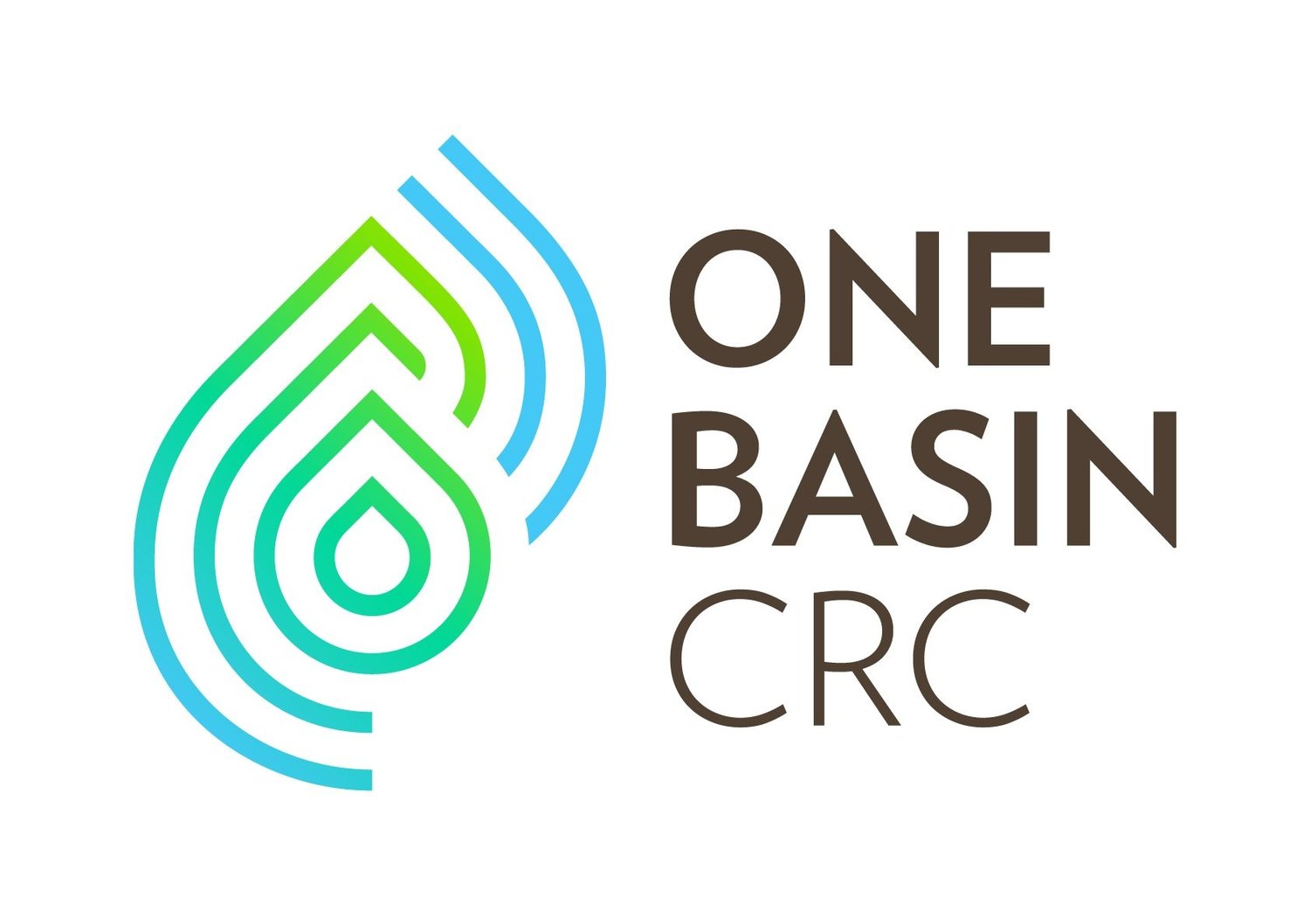New water modelling to improve irrigation outlook accuracy
Goulburn-Murray Water (GMW) has joined research to improve water forecasting in northern Victoria, to help irrigators with their business planning, cropping and water trading decisions. The project is an example of the collaborations and practical outcomes the proposed One Basin Cooperative Research Centre plans to build on.
The research with GMW is one strand in a larger three-year Australian Research Council (ARC) Linkage project that aims to improve both water availability and water demand forecasting tools for managers in the Murray–Darling Basin.
University of Melbourne environmental engineer Dr Yating Tang is collaborating with GMW as part of the team developing a new modelling technique at the University’s Water Forecasting Lab. Dr Tang is using high-reliability allocations in the Goulburn River system as a test case for the new modelling.
She says irrigation allocations at the start of each water year, in July, come with outlooks for a range of climatic scenarios and linked potential allocations. These include ‘wet’, ‘average’, ‘dry’ and ‘extreme dry’ conditions, based on historical climate records and inflows into dams. The allocations and outlooks are updated bi-monthly as the year progresses.
Dr Tang’s work aims to narrow the range of likely allocations and increase the accuracy of forecasts. This will help irrigators plan with greater confidence in water availability outlook for the season ahead.
GMW currently combines historical climate and inflow information with data from its internal water balance modelling to forecast increases in allocations.
Applying this process in October 2019, GMW advised the outlook was for a high-reliability allocation increase to between 54 and 100 per cent by 17 February 2020, with a midpoint allocation outlook of 81 per cent. This is dependant on inflow conditions as the season progresses.
Trialling the new modelling approach, Dr Tang combines historical data, GMW’s water balance modelling with three-monthly streamflow forecasts, and longer-term climate forecasts from the Bureau of Meteorology (BOM). From this she produces probability distributions.
Her resulting outlook, as at October 2019, suggested the Goulburn’s high-reliability allocation would increase to between 65 and 82 per cent by 17 February 2020, with the 25 to 75 per cent probability range. Her allocation midpoint was 72 per cent.
The realised high-reliability allocation in the Goulburn system on 17 February 2020 was 71 per cent.
GMW managers are encouraged by the preliminary results from the first year of the project and are closely watching its forecasts for the 2020-21 season. The modelling will also be tested on previous years’ allocations and outlooks.
GMW River Operations Coordinator Guy Ortlipp says this research could significantly change the way GMW provides water allocation information to its customers.
“If we can provide more accurate information, that better reflects the trends in water availability, not just the historical records, it will give customers greater confidence in their planning and decisions,” Mr Ortlipp says.
The ARC collaboration is providing GMW with access to a pool of expertise including that at the University of Melbourne, to improve other aspects of water management such as dam filling and spilling, for a “relatively modest investment”, he says.
Lower Murray Water in Victoria and the NSW Department of Planning, Industry and the Environment are also involved in the project. Other collaborators include the Bureau of Meteorology, the Murray–Darling Basin Authority, CSIRO and the European Centre for Medium-Range Weather Forecasts.
Dr Yating Tang
Once the modelling process is refined, the research team expects it could also be used to improve allocation outlooks for irrigation districts in the NSW Murray and Murrumbidgee systems, and in South Australia.


